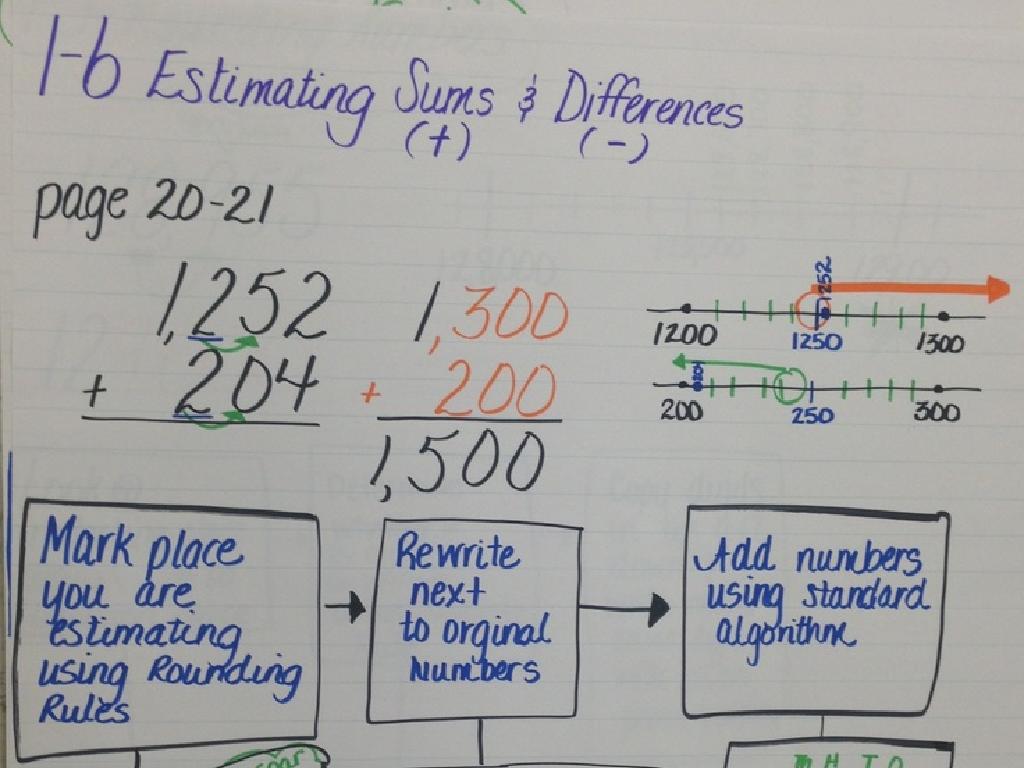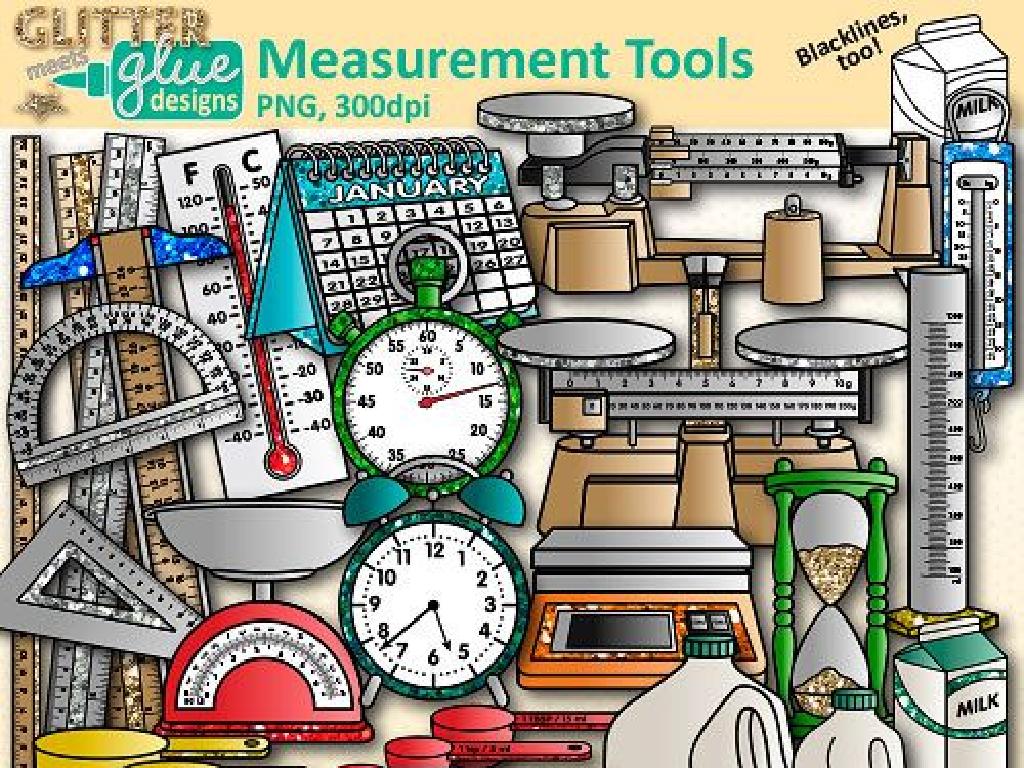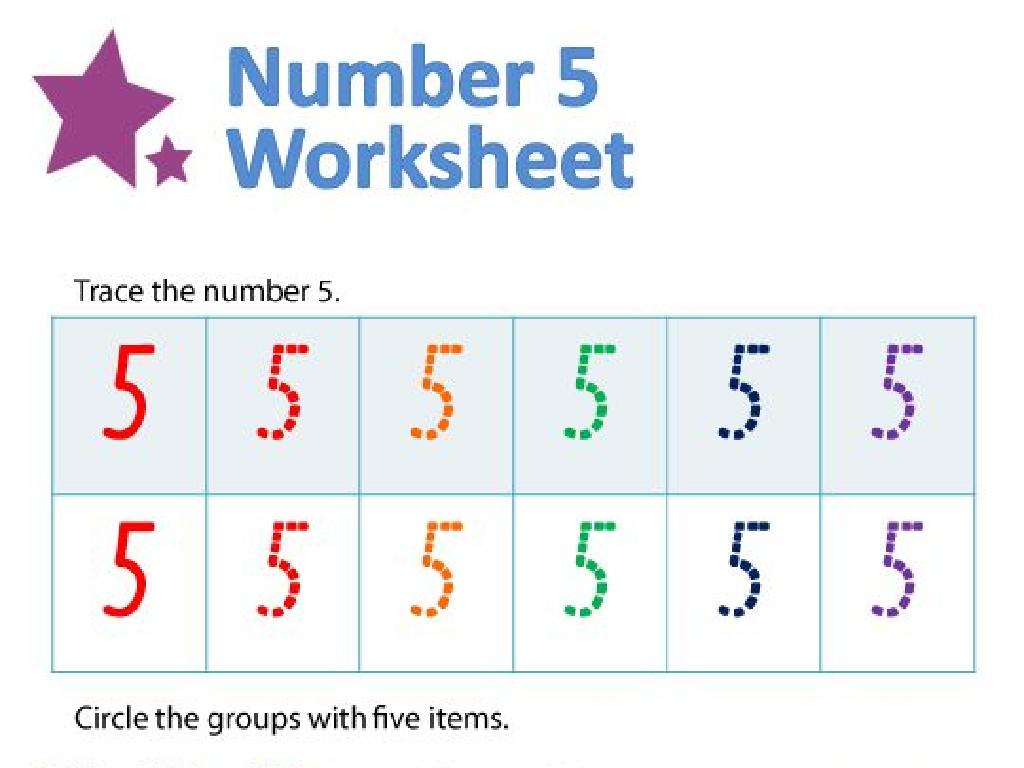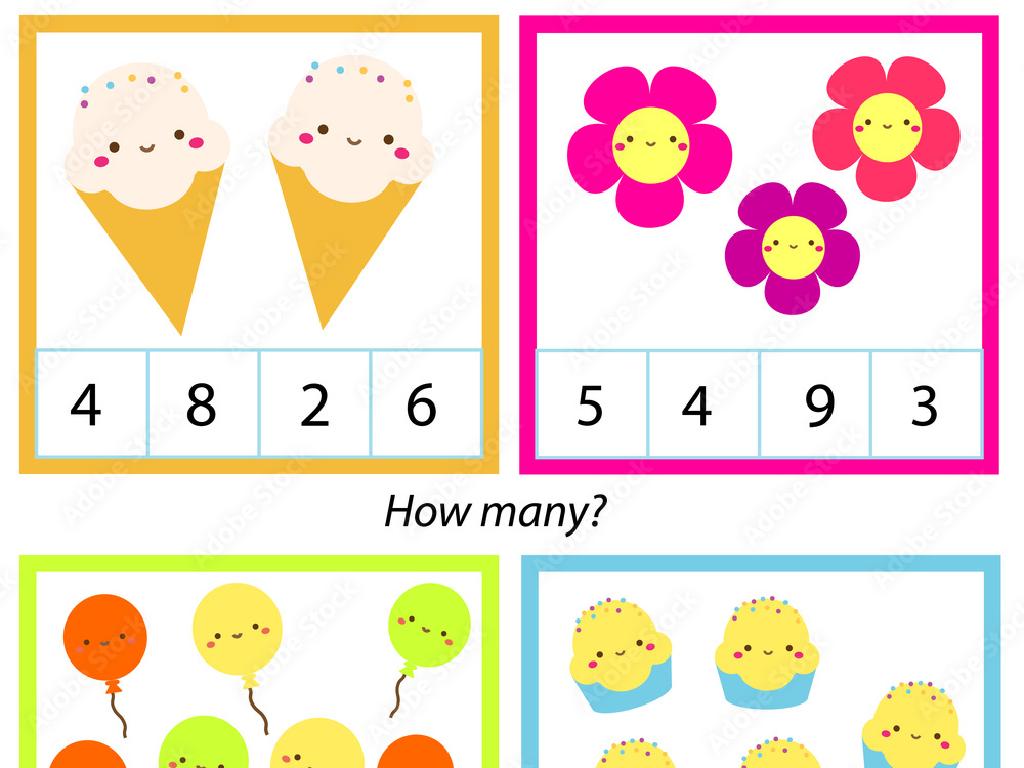Middle Colonies: Founding And Government
Subject: Social studies
Grade: Eighth grade
Topic: Colonial America
Please LOG IN to download the presentation. Access is available to registered users only.
View More Content
Exploring the Middle Colonies: Founding & Government
– Introduction to Middle Colonies
– Known for diversity and prosperity
– Colonization: A brief overview
– Colonization involves settling and establishing control over the indigenous people of an area
– Founding of the Middle Colonies
– Founded for various reasons, including trade, religious freedom, and agriculture
– Government in the Middle Colonies
– Initially governed by colonial charters, evolving into representative assemblies
|
This slide introduces students to the Middle Colonies within the context of Colonial America, emphasizing their unique characteristics such as cultural diversity and economic prosperity. It’s crucial to explain colonization not just as settlement but also in terms of its impact on native populations. Highlight the founding of these colonies, which were established for different reasons, from economic pursuits like trade and agriculture to the quest for religious freedom. Discuss the evolution of government from colonial charters granted by the English monarch to more democratic, locally-elected representative assemblies. This overview sets the stage for a deeper dive into the political and social dynamics of the Middle Colonies.
The Founding of the Middle Colonies
– Identify the Middle Colonies
– New York, New Jersey, Pennsylvania, Delaware
– Founding European countries
– Dutch, Swedish, English influences
– Reasons for colonization
– Seeking trade opportunities, religious freedom, economic profit
– Significance of trade and religion
– Trade routes, Quakers in Pennsylvania for religious practice
|
This slide aims to introduce students to the Middle Colonies and their origins. The colonies included New York, New Jersey, Pennsylvania, and Delaware, each with unique founding stories involving various European powers such as the Dutch, Swedish, and English. Colonization was driven by the pursuit of trade, religious freedom, particularly for groups like the Quakers in Pennsylvania, and the potential for profit. It’s crucial to highlight the diversity of reasons behind colonization and how these shaped the development of each colony. Encourage students to think about the impact of these motivations on the current cultural and economic landscape of these regions.
Life in the Middle Colonies
– Diverse population in colonies
– Quakers, Dutch, Germans, Scots-Irish coexisted, each contributing to the culture.
– Agriculture: The ‘Breadbasket’
– Fertile land led to surplus grain, earning the ‘Breadbasket’ nickname.
– Trade and port cities’ role
– Ports like Philadelphia became trade hubs, boosting economy.
– Cultural impact on America
|
This slide aims to give students an understanding of the social and economic aspects of life in the Middle Colonies. Emphasize the diversity of the population, with groups such as the Quakers, Dutch, Germans, and Scots-Irish, and how their unique cultures and beliefs contributed to a rich, pluralistic society. Highlight the significance of agriculture, particularly the cultivation of grains that led to the ‘Breadbasket’ nickname, and discuss how this agricultural strength supported the colonies. Additionally, focus on the importance of trade and the development of port cities, which were instrumental in the economic growth of the colonies. Encourage students to consider how these factors influenced the cultural and historical development of America.
Government in the Middle Colonies
– Proprietary vs. Royal colonies
– Proprietary governed by proprietors, Royal by the Crown
– Self-governance and town meetings
– Early forms of democracy, locals made decisions
– Comparing colonial governments
– Middle colonies had mix of both government types
– Contrast with other colonies
– Other colonies had different levels of autonomy
|
This slide aims to explain the governmental structures that were in place in the Middle Colonies during the Colonial America period. Students should understand the difference between proprietary colonies, which were governed by individual proprietors or groups, and royal colonies, which were directly controlled by the English Crown. Emphasize the concept of self-governance, where colonists had a say in local decisions through town meetings, an early form of democracy. Compare and contrast these structures with those of the New England and Southern Colonies, noting the varying degrees of autonomy and influence from England. Encourage students to think about how these different government structures could have influenced the daily lives of the colonists and the development of American political thought.
Key Figures and Events in Middle Colonies
– William Penn’s leadership role
– Founded Pennsylvania with a vision of religious freedom and self-governance
– Pennsylvania: Quaker haven
– Pennsylvania was established as a safe place for Quakers facing persecution
– Events shaping government
– Charter of Liberties laid groundwork for representative government
– Influence on democratic principles
|
This slide focuses on the influential people and pivotal events that shaped the Middle Colonies, particularly Pennsylvania. William Penn, a Quaker, played a crucial role as a leader by founding Pennsylvania based on principles of religious tolerance and self-governance. The establishment of Pennsylvania as a haven for Quakers is a key event, reflecting the colony’s commitment to religious freedom. These developments significantly contributed to the evolution of government in the Middle Colonies, laying the foundation for democratic principles such as representative government, as seen in Penn’s Charter of Liberties. Encourage students to consider how these early ideas of democracy and religious freedom have influenced modern American government and society.
Class Activity: Colonial Town Meeting Role-Play
– Form groups for different colonies
– Role-play a town meeting
– Act out how colonists would discuss matters
– Discuss and resolve a local issue
– Choose an issue like trade, laws, or defense
– Present your decisions to the class
|
This activity is designed to immerse students in the historical context of the Middle Colonies by having them role-play a town meeting, a common form of local government during that era. Divide the class into small groups, each representing a different colony. Assign or let them choose a local issue relevant to the time, such as trade regulations, religious freedom, or militia organization. Encourage them to use historical facts and to debate as colonists might have, considering the perspectives of various stakeholders. After the discussion, each group will present their collective decision to the class. This will help students understand the democratic processes of the time and the complexities of colonial governance. Possible issues for role-play include trade with Native Americans, response to British taxation, or local education initiatives.
Reflection on Middle Colonies’ Government
– Compare colonial & modern government
– Middle Colonies’ role in American identity
– How did tolerance & governance in Middle Colonies shape the values of America?
– Discuss cultural impact of diversity
– Consider the mix of cultures and how that influenced the Middle Colonies’ society
– Engage in class discussion
|
This slide aims to foster critical thinking by comparing the governmental structures of the Middle Colonies with those of the United States today. Encourage students to consider aspects such as representation, voting rights, and the balance of power. Discuss how the founding principles of the Middle Colonies, including religious tolerance and economic opportunity, contributed to the development of American identity. Highlight the significance of the diverse populations, including different religions and ethnic groups, and their contributions to the cultural richness of the colonies. Facilitate an open discussion where students can express their thoughts and learn from each other’s perspectives. This activity will help students understand the historical context of American government and society.
Homework: Exploring the Middle Colonies
– Essay on a Middle Colony figure
– Choose a key figure and discuss their impact on the colonies
– Study for a quiz on Middle Colonies
– Review the founding and government structure of the Middle Colonies
– Understand the colony’s influence
– Reflect on governance and founding
|
For the essay, students should select an influential figure from the Middle Colonies and write about their role and impact on colonial development. This could include political leaders, entrepreneurs, or social figures. The quiz will cover the founding of the Middle Colonies, including reasons for settlement, and the unique aspects of their government compared to other colonies. Encourage students to use their textbooks, class notes, and reputable online sources for their essay research. Provide a study guide for the quiz with key terms and concepts to focus on. This assignment will help students synthesize their knowledge of the Middle Colonies and apply critical thinking skills to historical analysis.






